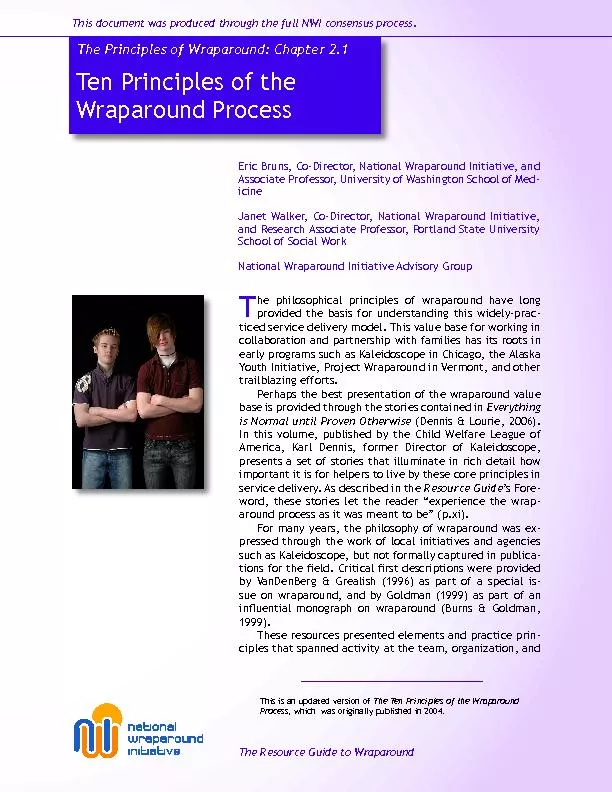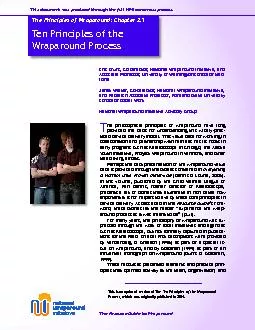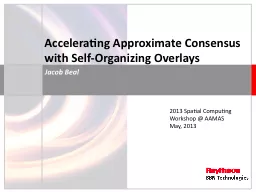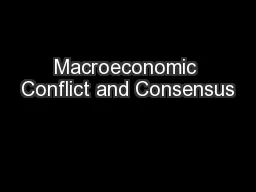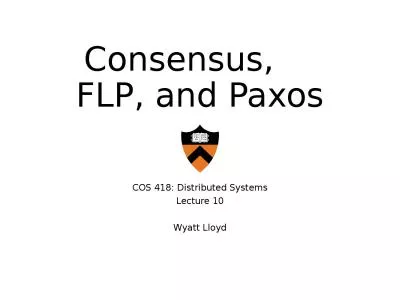PDF-This document was produced through the full NWI consensus process. ...
Author : phoebe-click | Published Date : 2016-08-26
Ten Principles of the Wraparound Process T he philosophical principles of wraparound have long provided the basis for understanding this widelyprac ticed service
Presentation Embed Code
Download Presentation
Download Presentation The PPT/PDF document "This document was produced through the f..." is the property of its rightful owner. Permission is granted to download and print the materials on this website for personal, non-commercial use only, and to display it on your personal computer provided you do not modify the materials and that you retain all copyright notices contained in the materials. By downloading content from our website, you accept the terms of this agreement.
This document was produced through the full NWI consensus process. ...: Transcript
Download Rules Of Document
"This document was produced through the full NWI consensus process.
..."The content belongs to its owner. You may download and print it for personal use, without modification, and keep all copyright notices. By downloading, you agree to these terms.
Related Documents

